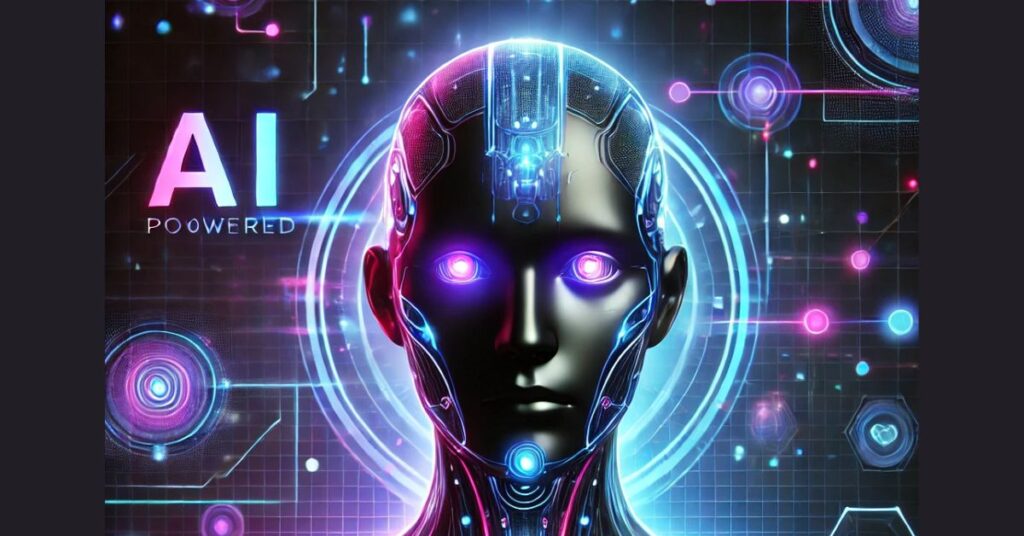In the ever-evolving digital landscape, the way users engage on social media has undergone a radical transformation. From selfies to stories, to short-form video content and live streaming, the desire to express oneself in captivating and original ways has never been greater. Now, artificial intelligence (AI) is playing a pivotal role in redefining that engagement — not just by recommending content, but by enabling users to become content themselves in ways once thought impossible. Enter the era of AI avatars.
AI avatars — hyper-realistic or stylized digital representations of users — are becoming central figures in the next generation of digital influence. They’re not just novelty; they’re powerful tools enabling creators, influencers, and even brands to maintain presence, produce content, and connect with audiences in revolutionary ways.
The Rise of AI Avatars in Social Media
AI avatars originated in gaming and virtual environments, but they’ve quickly migrated into mainstream social platforms like Instagram, TikTok, and YouTube. They’re now used by influencers to maintain an online persona 24/7, often without the need for real-time presence. Whether it’s an AI version of a beauty blogger giving skincare tips or a virtual musician performing a song, these avatars are blurring the line between fiction and reality.
What makes AI avatars so potent on social media is their consistency and scalability. Unlike human influencers who might need a break or deal with off-days, AI avatars can produce content continuously, always looking perfect, always on-brand. This reliability creates deeper engagement over time, as followers grow accustomed to interacting with a persona that’s always available and responsive.
Boosting Content Creation Efficiency
One of the biggest bottlenecks in social media engagement is the time and energy it takes to produce high-quality content. Between scripting, filming, editing, and publishing, a single short video can take hours. AI avatars can streamline this entire process. Using sophisticated deep learning and voice synthesis, creators can simply write a script or upload text, and an AI avatar can bring it to life in video form, often within minutes.
This kind of efficiency is especially beneficial for solo content creators or small businesses that lack the resources of large production teams. With the help of AI avatars, they can now generate professional-looking videos that are brand-consistent, timely, and visually engaging.
Redefining Digital Influence
Digital influence is no longer just about authenticity; it’s about consistency, reach, and value. While audiences still value realness, they also appreciate creators who can produce regular, high-quality content that aligns with their interests. AI avatars are enabling creators to do this at scale.
Moreover, brands are starting to create their own AI avatars — digital brand ambassadors who represent the voice, tone, and style of the company across platforms. These avatars can engage with customers, deliver messages, and even participate in live Q&A sessions powered by AI chat models. The result is a more immersive and interactive experience for the audience.
Enhancing Personalization and Audience Engagement
One of the most exciting developments in AI avatar technology is its capacity for personalization. These avatars aren’t just static video models; they can be adapted to speak directly to specific audience segments. For example, an AI avatar can deliver a personalized message to a viewer based on their past interactions, location, or even interests.
This level of personalization deepens the engagement, as followers feel like content is tailored specifically for them. It’s a game-changer for marketers and influencers alike who want to break through the noise and connect more intimately with their followers.
Creating New Opportunities for Virtual Influencers
Virtual influencers, like Lil Miquela and Shudu, were once seen as oddities or marketing experiments. Today, they’re commanding huge audiences, landing brand deals, and even headlining campaigns. The development of AI avatar technology has made creating and maintaining these virtual personas more accessible than ever.
An individual content creator or a team is now capable of producing ai avatar videos that replicate the emotional expressiveness and visual attractiveness of human influencers, while offering significantly enhanced control. These avatars can be utilized across various time zones, languages, and cultural contexts, making them versatile assets in a globalized content ecosystem.
From Niche to Mainstream: The Democratization of AI Avatars
What once required access to high-end computing and elite development teams is now within reach of everyday creators. Thanks to the rise of intuitive platforms and tools, individuals with minimal technical knowledge can start using AI avatars in their content strategies. This democratization is pivotal — it allows not just the elite, but any aspiring creator, educator, or business owner to tap into the power of AI-driven engagement.
For instance, platforms like invideo AI offer an intuitive ai video maker app that enables users to turn scripts into professional videos featuring lifelike avatars. This accessibility means even non-designers or first-time creators can produce polished videos without investing heavily in production gear or editing expertise.
How AI Avatars Help in Social Media Campaigns
AI avatars serve multiple functions in a campaign setting. They can narrate stories, explain product features, guide users through onboarding tutorials, or even play the role of customer support in video form. These avatars can also be integrated into chatbot frameworks or voice assistants, further enhancing user interaction across multiple digital touchpoints.
From a campaign analytics perspective, AI avatars also provide more predictable content performance. Since their expressions, tone, and delivery are algorithmically controlled, there’s less variance in presentation, allowing marketers to fine-tune messaging more effectively.
Ethical Considerations and the Human Touch
As with all technological advancements, AI avatars also bring forth a set of ethical considerations. There’s an ongoing debate about transparency — should viewers always be informed when they’re engaging with an AI-generated persona? How can authenticity be maintained in an environment where digital realism is indistinguishable from human presence?
These are vital questions that platforms, creators, and audiences will continue to navigate. One emerging solution is to clearly label AI-generated content or avatars, much like how branded or sponsored posts are disclosed. At the same time, there’s an increasing push to maintain a balance between automation and human creativity, ensuring that the soul of storytelling isn’t lost in the process.
Looking Ahead
The transformation AI avatars are bringing to social media is just beginning. With ongoing improvements in natural language processing, animation, and emotional modeling, tomorrow’s avatars will be even more interactive, lifelike, and adaptive. Their potential goes beyond engagement — they can educate, entertain, support, and even inspire.
As creators continue to explore this frontier, those who embrace AI avatars thoughtfully and creatively will be well-positioned to lead the next wave of digital influence. Whether you’re an influencer, educator, marketer, or entrepreneur, understanding and harnessing this technology could be your key to deeper, more meaningful online engagement.
Also Read: Trendzguruji.me Awareness: Everything You Need to Know

